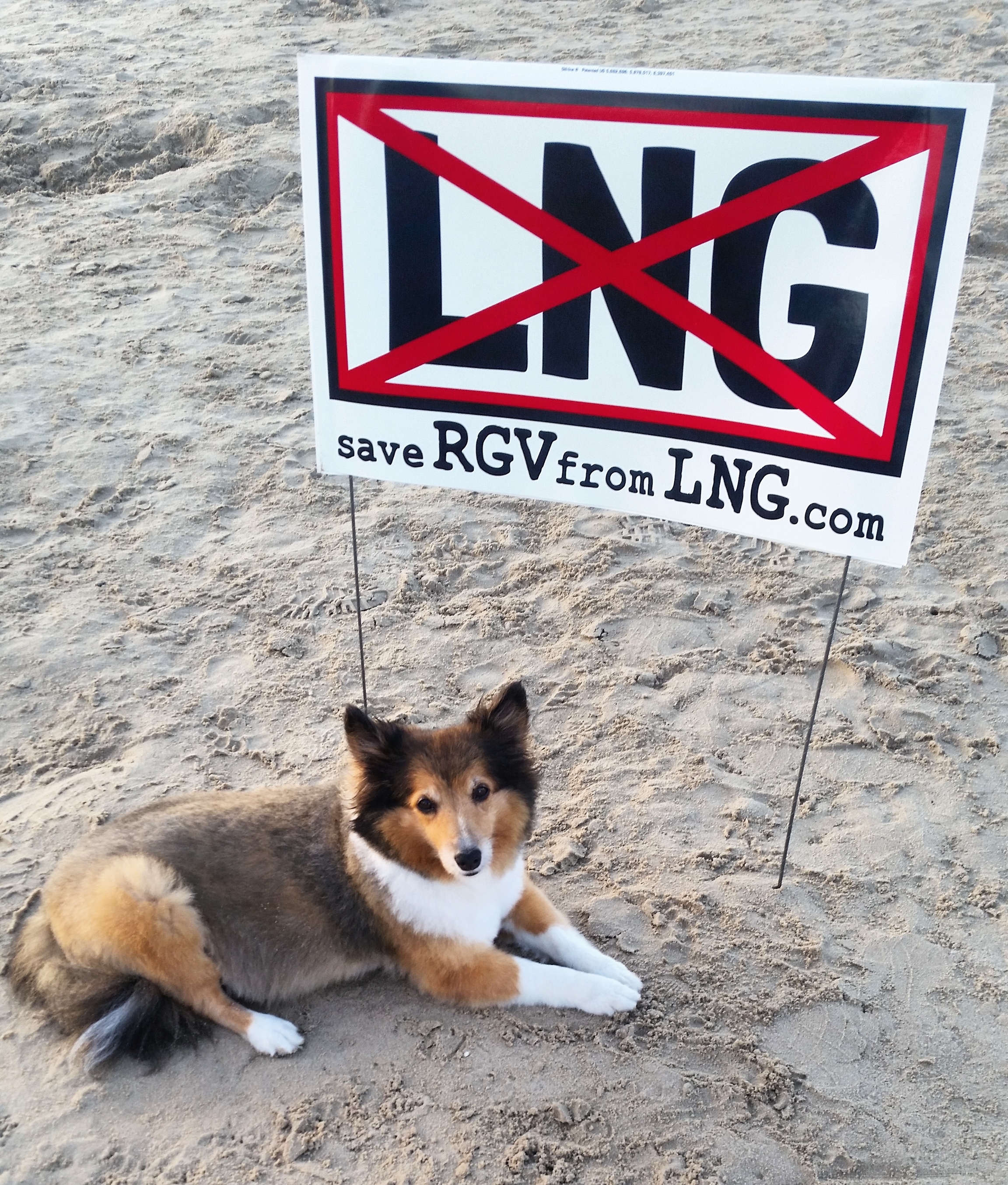
Today, Annova LNG, one of three companies proposing to build liquefied natural gas (LNG) export facilities in the Rio Grande Valley, filed its formal application to operate a 650-acre facility with the Federal Energy Regulatory Commission (FERC). Annova joins Texas LNG, NextDecade LNG, and the Rio Bravo pipeline in formal FERC processes in which hundreds of comments and motions to intervene have been filed in opposition. In addition to the Sierra Club, the cities of South Padre Island and Port Isabel, Long Island Village gated community, Texas Shrimp Association, and several shrimping businesses have filed statements or motions in opposition in at least one of the aforementioned applications.
If built, Annova LNG’s facility would drastically affect the health and safety of the bays, beaches, and wetlands on which many local economies depend, including tourism and fishing communities. The proposed site is also in the middle of an important wildlife corridor that U.S. Fish and Wildlife officials say is critical to the survival of the Texas ocelot. In an attempt to mitigate concerns about the facility’s wildlife impact, Annova had announced it would move the proposed facility’s footprint by 600 ft. However, traffic, noise, industrial lighting, and expected pollution from the facility are predicted to have a significant impact not only on wildlife but the communities living near the proposed industrial zone.
In response to today’s filing, Rebekah Hinojosa, Chapter Organizer for the Sierra Club, issued the following statement:
“The Annova LNG facility would irrevocably scar the Valley if it is built. No minor shift in its footprint will change the fact that it will damage the local economies, from fishing to tourism, that depend on a pristine and accessible coast and waterways.
The more people, businesses, and public officials learn about these LNG plans the more they don’t like them. FERC needs to take a hard look at this and the other applications already submitted, and come to the conclusion that the costs outweigh the benefits. The communities in the Rio Grande Valley want sustainable energy solutions and job growth, not this.”